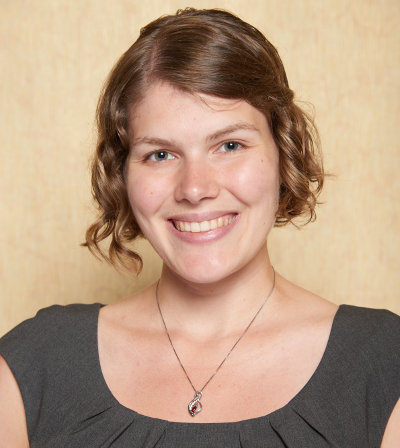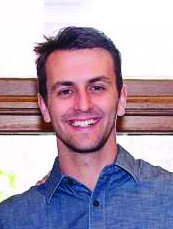Medical Physics Seminar – Monday, October 12, 2015
Improving Dose Determination Accuracy in Nonstandard Fields of the Varian TrueBeam Accelerator

Megan Hyun (student of Dr. Larry DeWerd)
Research Assistant, Dept of Medical Physics, UW-School of Medicine & Public Health, Madison, WI - USA
While the use of flattening-filter-free linear accelerator beams has gained popularity in recent years, especially for hypofractionated treatments, significant dosimetric challenges remain. These include volume-averaging effects from the more peaked profile, energy dependence due to changes in spectrum, and dose-rate dependence due to the significantly higher dose rates that can be achieved. In this study, we have performed an extensive characterization of two commonly used clinical detectors (ionization chambers and diodes) and several potential reference detectors (thermoluminescent dosimeters, plastic scintillation detectors, and alanine pellets) for use in these nonstandard fields. From this characterization, we identified reference detectors for field sizes ranging from 0.6x0.6 to 10x10 cm2 and determined field-size-dependent beam quality correction factors for ionization chambers and diodes. A benchmarked Monte Carlo model of the TrueBeam accelerator was also used to calculate these correction factors, which compared favorably to measured results. We have shown that the addendum to the AAPM’s Task Group 51 report adequately accounts for flattening-filter-free beam quality effects in larger reference fields, but that small fields require additional corrections that must be accounted for to achieve safe and accurate treatment delivery. Future work includes a treatment planning study that will show the impact of these effects on several types of hypofractionated treatments.
Kilovoltage X-ray Dosimetry for Cone Beam Computed Tomography

Michael Lawless (student of Dr. Larry DeWerd)
Research Assistant, Dept of Medical Physics, UW-School of Medicine & Public Health, Madison, WI - USA
As pre-treatment imaging procedures for radiation therapy patients, such as cone beam computed tomography (CBCT), has become more prevalent, so too has interest in measuring the dose delivered to the patient from these procedures. No guidelines currently exist to measure dose from CBCT scans and this work aims to provide the necessary tools to accomplish this task. Additionally, many radiation detectors exhibit large energy responses at these low energies due to the increased photoelectric cross section. Through the development and implementation of a highly accurate Monte Carlo (MC) model of the x-ray beams at the UW Accredited Dosimetry Calibration Laboratory, dose to water values have been obtained in a custom built water phantom for a range of standard kilovoltage x-ray beams. The feasibility of transferring dose from standard beams to a clinical CBCT system was investigated and compared with MC generated values. With knowledge of the dose to water in phantom for both the standard and clinical x-ray beams, a number of common detectors have been characterized in terms of in-phantom energy response whereas previous energy response studies have been performed free in air. With improved knowledge of the dose to water in the kV energy range and of detector energy response, the groundwork has been laid for more accurate CBCT dosimetry.